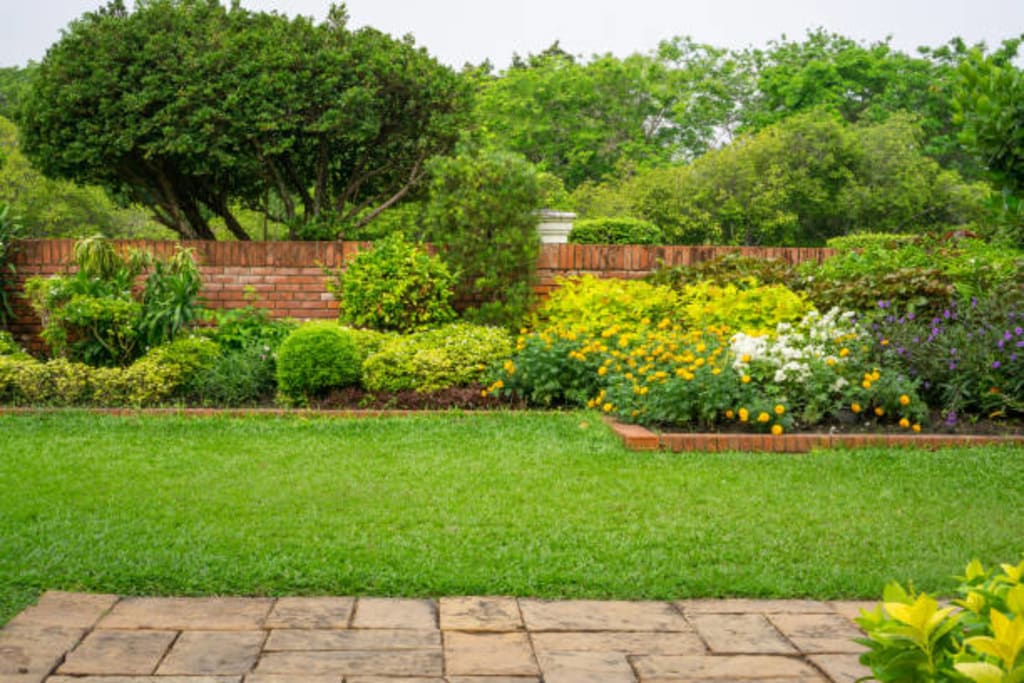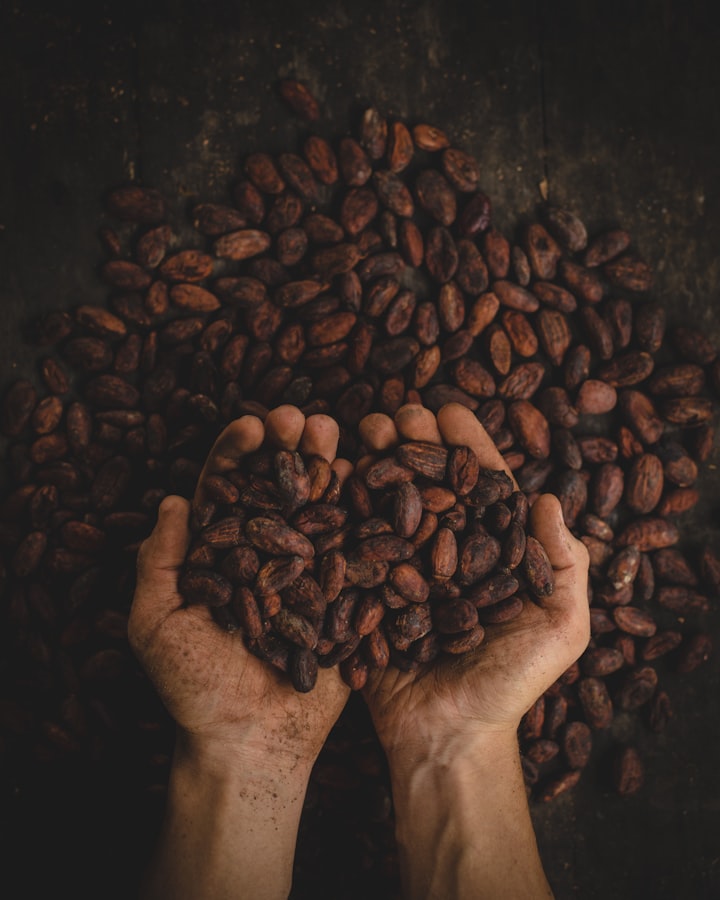
A backyard that is self-sufficient is one that is planned to meet its users' needs without heavily depending on outside resources. It includes all facets of sustainable living, all done on one's own land, such as resource management, energy production, and food production. In the modern, globally linked, and fast-paced world, self-sufficiency is crucial. As worries over climate change, environmental sustainability, and food security grow, adopting self-sufficiency enables people to manage their resources, lessen their ecological impact, and build resilience in the face of adversity.
Those who want to build their own self-sufficient backyard haven might use this book as a guide. It offers helpful guidance, detailed instructions, and insightful information on a range of self-sufficiency topics, from energy management and DIY projects to planning and gardening. Readers will acquire the information and motivation need to start their journey towards a more sustainable and satisfying lifestyle through a thorough examination of the subjects.
Organizing Your Backyard to Be Self-Sufficient
Evaluating the Space and Resources Available Evaluating the area and resources at hand is crucial before starting to build a self-sufficient garden. This entails assessing the yard's dimensions, exposure to sunlight, soil composition, and water availability. Determining what is feasible in the space will be made easier with an understanding of these elements.
Growing Your Own Food
Selecting the Right Crops for Your Soil and Climate In a self-sufficient backyard, sustainable food production depends on crop selection. When deciding which fruits, vegetables, and herbs to plant, one needs consider various factors, including climate, soil type, and available space. Choosing types that are ideal for the climate where you live will make harvesting more likely to be abundant.
Putting Organic Gardening into Practice Organic gardening methods, which forgo synthetic pesticides and fertilizers, place a higher priority on sustainability and environmental responsibility. Rather, to improve soil health and control pests, natural techniques like crop rotation, mulching, and composting are employed. People may grow healthier, more resilient plants while reducing their ecological footprint by adopting organic farming methods.
Increasing Yield with Crop Rotation and Companion Planting Crop rotation and companion planting are tried-and-true methods for increasing production while lowering pest and disease issues in the garden. Crop rotation is moving crops to various parts of the garden every season to avoid disease accumulation and soil depletion, while companion plants are deliberately partnered to promote each other's growth and discourage pests. Through the use of these principles, individuals can attain increased sustainability and productivity in their self-sufficient garden.
Harvesting and Preserving
Methods for Gathering Herbs, Fruits, and Vegetables It is essential to harvest fruit at the appropriate time and with the right methods in order to maintain its flavor and freshness. The finest ways to harvest different fruits, vegetables, and herbs to guarantee the highest quality and quantity are covered in this section.
Techniques for Canning, Freezing, and Drying Produce Canning, freezing, and drying are essential preservation techniques to increase the shelf life of collected products. With these methods, readers will be able to securely preserve fruits, vegetables, and herbs so they may enjoy homegrown goodness all year long. Step-by-step instructions will be provided.
Making Fermented Foods, Pickles, and Preserves at Home Not only are homemade preserves, pickles, and fermented foods wonderful, but they're also great ways to preserve the crop and infuse flavor into meals. This section offers methods and recipes for fermented foods such as pickles, sauerkraut, jams, jellies, and more that can be made with materials that are grown in-house.
Energy and Resource Management
Using Renewable Energy Sources, such as Wind Turbines and Solar Panels An environmentally friendly method of powering the self-sufficient backyard is to use renewable energy sources, such solar or wind turbines. The advantages of renewable energy are discussed in this part, along with tips for choosing, setting up, and maintaining these systems.
Techniques for Conserving Water: Collecting Rainwater and Recycling Greywater Any self-sufficient garden has limited water, thus conservation techniques are crucial to long-term water management. Through the use of effective irrigation techniques, greywater recycling, and rainwater collection, readers may reduce water waste and encourage the growth of healthy plants.
Systems for Composting and Waste Management A self-sufficient garden must have efficient composting and waste management systems. In order to produce nutrient-rich compost for the garden, this section describes how to compost yard trash, kitchen leftovers, and animal dung. Readers will also discover how to lessen their impact on the environment by recycling and cutting back on garbage.
DIY Projects for Self-Sufficiency
Building Basic Greenhouse Structures and Irrigation Systems In a self-sufficient backyard, effective greenhouse construction and irrigation systems are essential for increasing productivity and lengthening the growing season. The book will teach readers how to create do-it-yourself greenhouse structures, rainwater collection systems, and drip irrigation systems out of inexpensive materials.
Making Natural Medicines and Handcrafted Cleaning Supplies People can minimize their exposure to hazardous chemicals and lessen their dependency on commercial items by crafting their own cleaning solutions and natural cures at home. This section provides methods and recipes for making natural pest control solutions, herbal cures, and eco-friendly cleaning solutions using everyday home items.
Living the Self-Sufficient Lifestyle
Including Self-Sufficiency in Daily Activities and Routines Sustainable practices must be incorporated into everyday routines and habits in order to lead an independent lifestyle. This section looks at little but meaningful adjustments people may make, like cutting back on energy use, practicing mindful consumerism, and emphasizing self-sufficiency in daily life.
Savoring the Advantages of Sustainable Living and Homegrown Food Not only does locally farmed food taste better, but it also has many positive health and environmental effects. The benefits of eating a diet high in homegrown foods, both nutritionally and gastronomically, will become apparent to readers as they learn to appreciate the joy of picking their own vegetables.
Motivating People to Adopt Self-Sufficiency by Teaching and Modeling People can encourage self-sufficiency and sustainable living in others by imparting their knowledge and experiences. In this part, readers are encouraged to set an example for others, teach their communities the value of independence, and cultivate a resilient and environmentally conscious society.
Conclusion
Motivation to Set Out on the Path to an Independent Backyard Stressing the benefits and contentment that come with coexisting peacefully with nature, the author urges readers to start the process of building their own self-sufficient backyard. Concluding Remarks on the Benefits of Sustainability and Self-reliance In closing, some concluding reflections on the benefits of sustainability and self-sufficiency are discussed. It is emphasized how adopting self-sufficiency can positively affect people's lives, communities, and the environment.





Comments
There are no comments for this story
Be the first to respond and start the conversation.